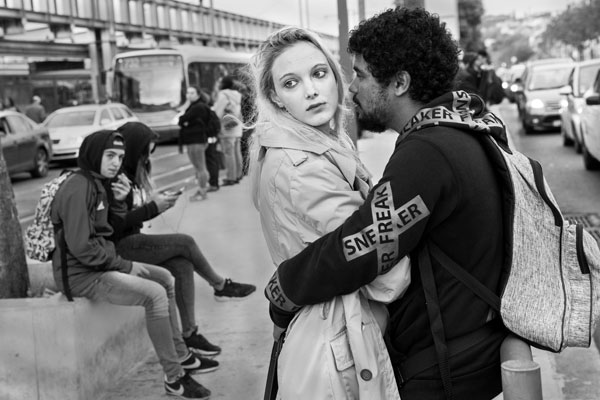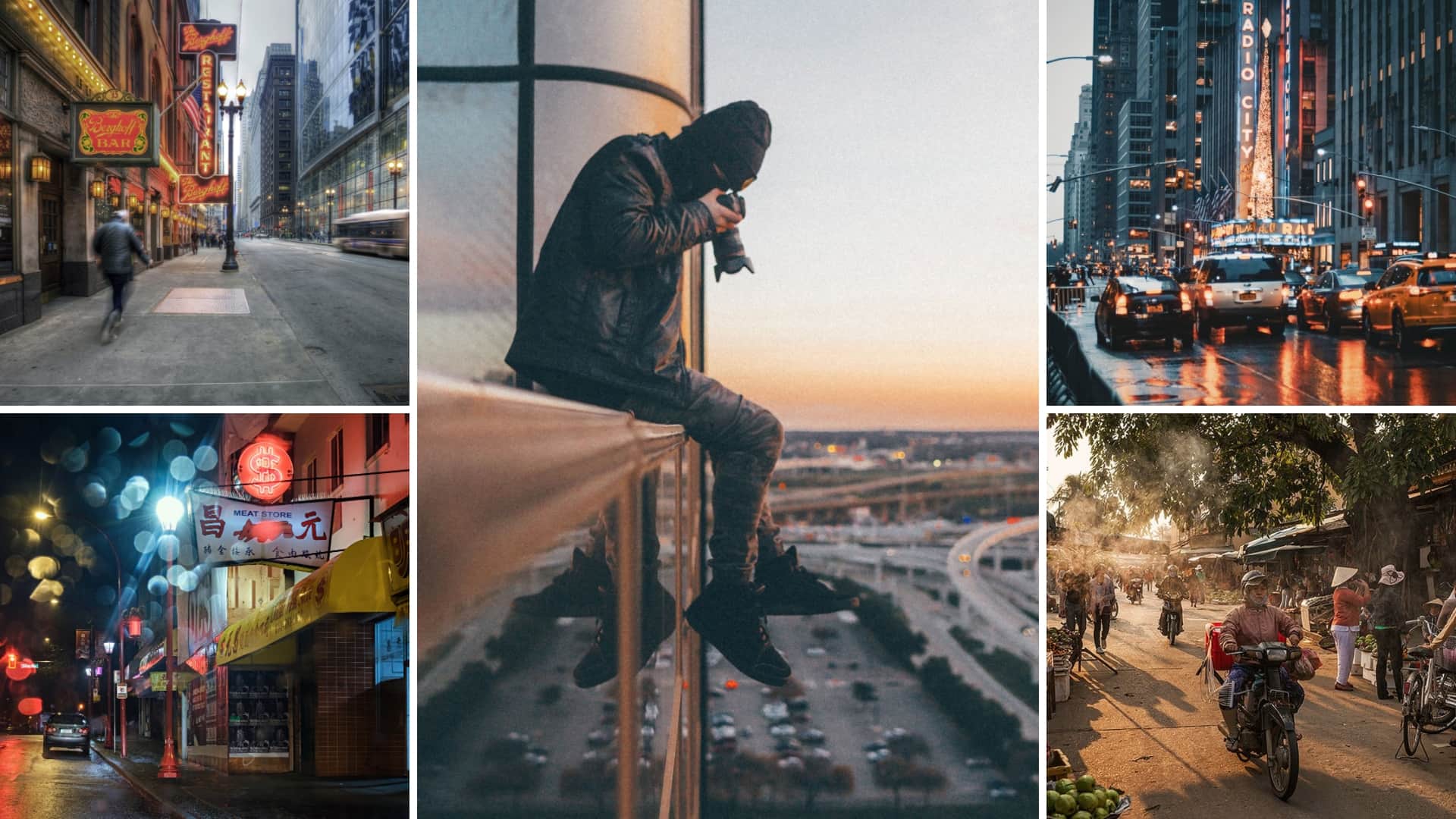The Framing Streets Diaries
Table of ContentsFraming Streets - An OverviewWhat Does Framing Streets Do?The Best Guide To Framing StreetsFraming Streets Fundamentals ExplainedNot known Incorrect Statements About Framing Streets Rumored Buzz on Framing Streets
, usually with the objective of catching photos at a definitive or poignant moment by mindful framework and timing. https://fliphtml5.com/homepage/onrvw/davidturley33101/.
4 Easy Facts About Framing Streets Explained
Susan Sontag, 1977 Street digital photography can focus on people and their habits in public. In this regard, the road professional photographer resembles social docudrama photographers or photojournalists that likewise operate in public locations, yet with the purpose of catching relevant occasions. Any one of these digital photographers' photos may capture individuals and home visible within or from public places, which commonly requires navigating ethical problems and regulations of personal privacy, safety, and home.
Representations of daily public life form a category in nearly every duration of world art, beginning in the pre-historic, Sumerian, Egyptian and early Buddhist art periods. Art dealing with the life of the street, whether within views of cityscapes, or as the dominant concept, shows up in the West in the canon of the North Renaissance, Baroque, Rococo, of Romanticism, Realism, Impressionism and Post-Impressionism.
The Only Guide to Framing Streets
Louis Daguerre: "Blvd du Temple" (1838 or 1839) In 1838 or 1839 the first photo of numbers in the street was recorded by Louis-Jacques-Mand Daguerre in among a set of daguerreotype sights taken from his workshop home window of the Blvd du Temple in Paris. The 2nd, made at the height of the day, shows an unpopulated stretch of street, while the various other was taken at regarding 8:00 am, and as Beaumont Newhall reports, "The Boulevard, so constantly loaded with a moving bunch of pedestrians and carriages was completely solitary, except a person who was having his boots cleaned.
, who was influenced to embark on a comparable paperwork of New York City. As the city established, Atget assisted to promote Parisian roads view it as a deserving topic for digital photography.

The Greatest Guide To Framing Streets
Martin is the very first tape-recorded digital photographer to do so in London with a disguised video camera. Mass-Observation was a social study organisation established in 1937 which aimed to record daily life in Britain and to record the responses of the 'man-in-the-street' to King Edward VIII's abdication in 1936 to marry separation Wallis Simpson, and the sequence of George VI. Andre Kertesz.'s commonly admired Images la Sauvette (1952) (the English-language version was entitled The Definitive Minute) promoted the concept of taking an image at what he called the "decisive minute"; "when kind and material, vision and composition combined into a transcendent whole" - vivian maier.
Fascination About Framing Streets
The recording equipment was 'a surprise camera', a 35 mm Contax concealed underneath his layer, that was 'strapped to the breast and attached to a long wire strung down the best sleeve'. His job had little modern effect as due to Evans' level of sensitivities regarding the originality of his task and the privacy of his topics, it was not published up until 1966, in the publication Lots of Are Called, with an introduction written by James Agee in 1940.
Helen Levitt, then an instructor of young kids, related to Evans in 193839. She recorded the temporal chalk drawings - Street photography that were part of youngsters's street society in New york city at the time, as well as the youngsters who made them. In July 1939, Mo, MA's new digital photography area consisted of Levitt's job in its inaugural eventRobert Frank's 1958 publication,, was considerable; raw and usually out of focus, Frank's pictures questioned traditional photography of the moment, "challenged all the official guidelines set by Henri Cartier-Bresson and Walker Evans" and "flew in the face of the wholesome pictorialism and wholehearted photojournalism of American publications like LIFE and Time".